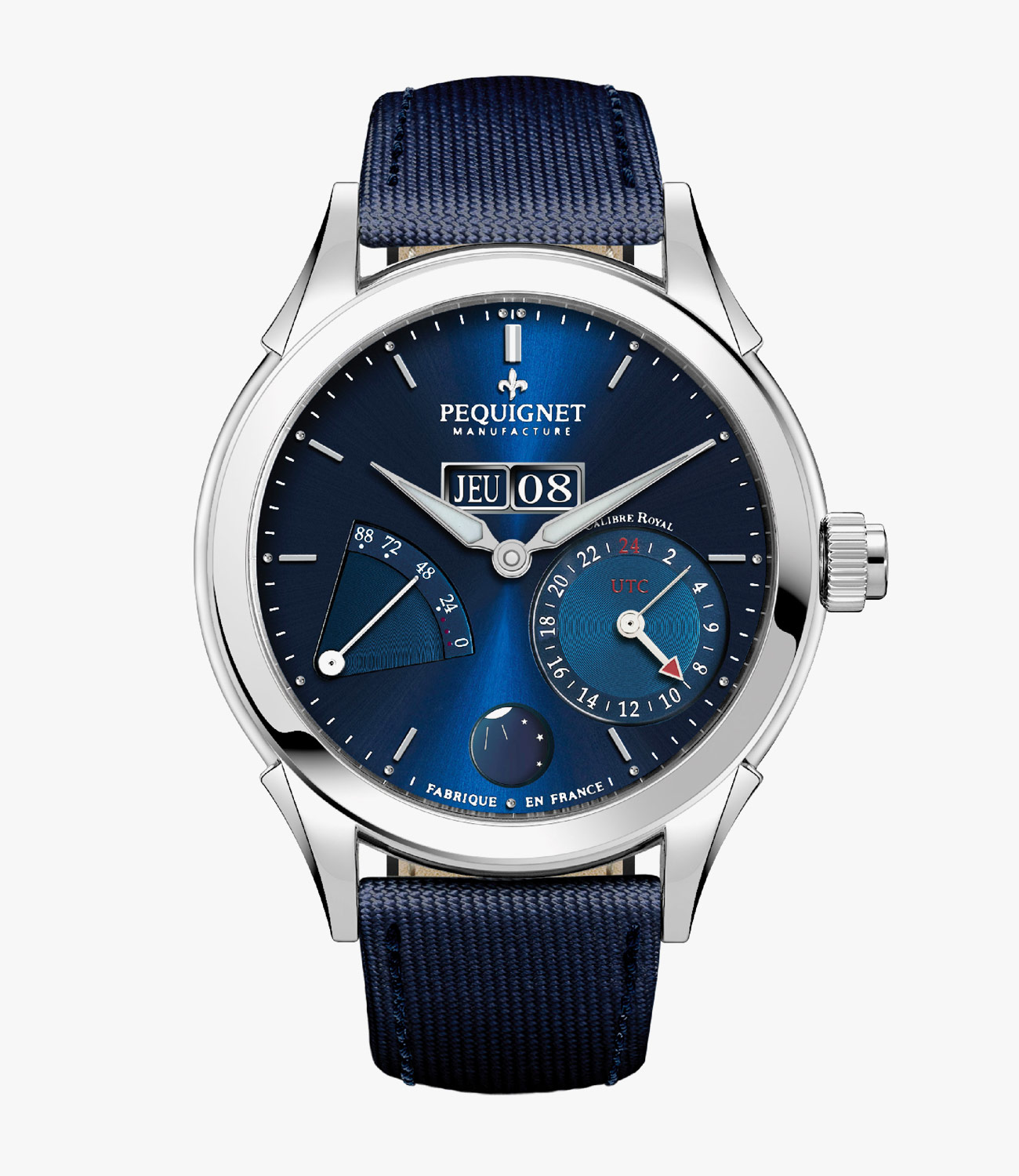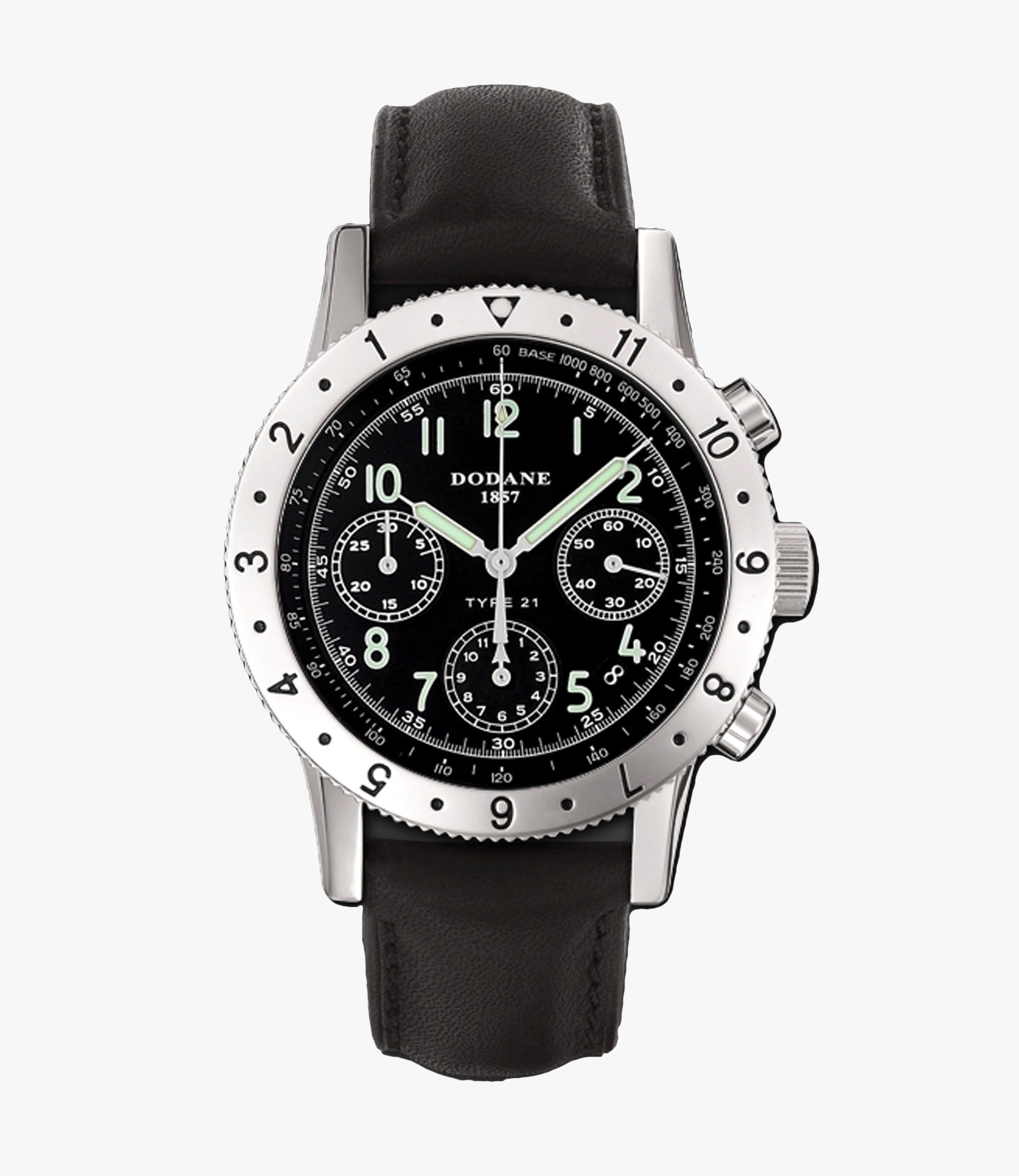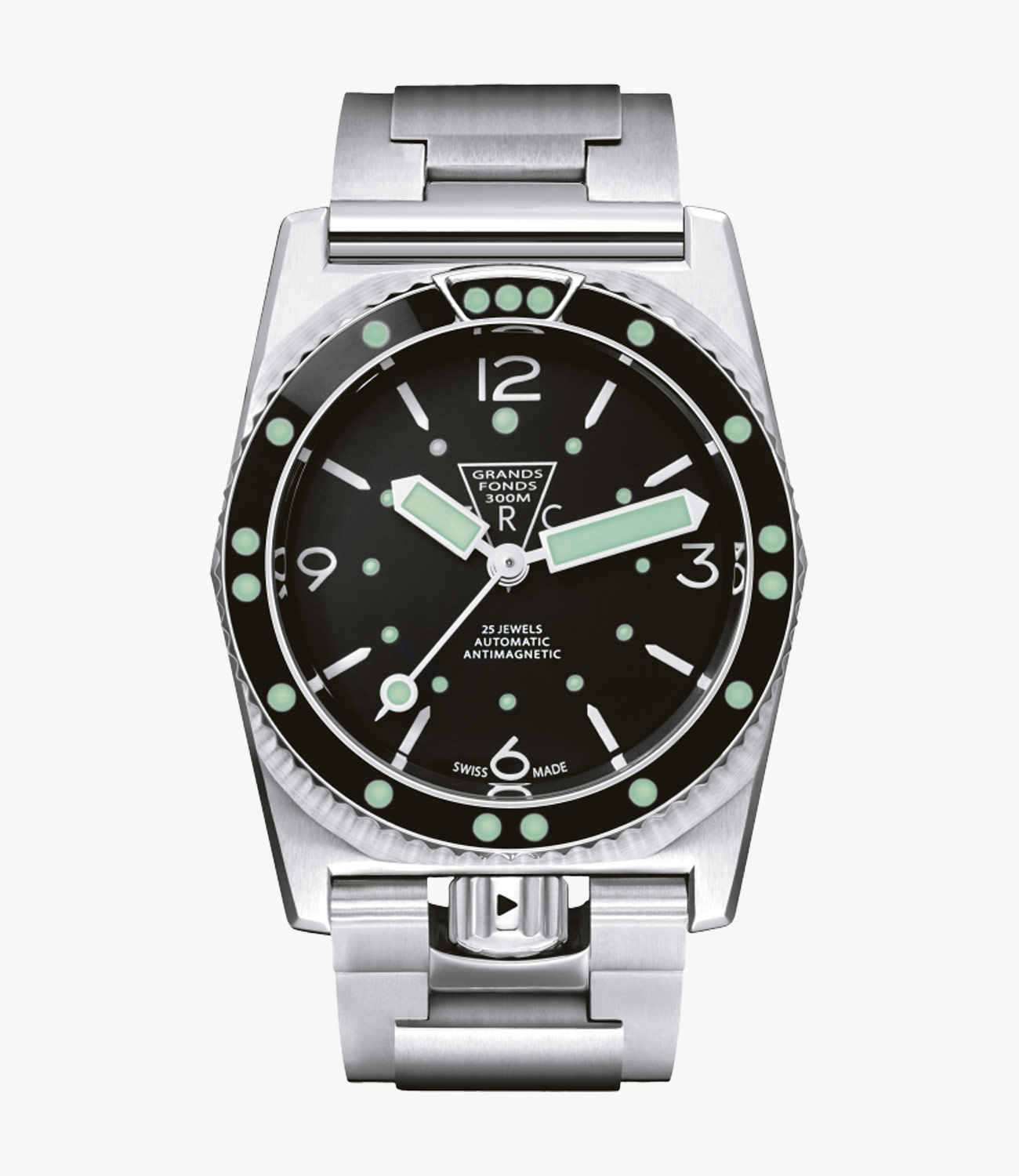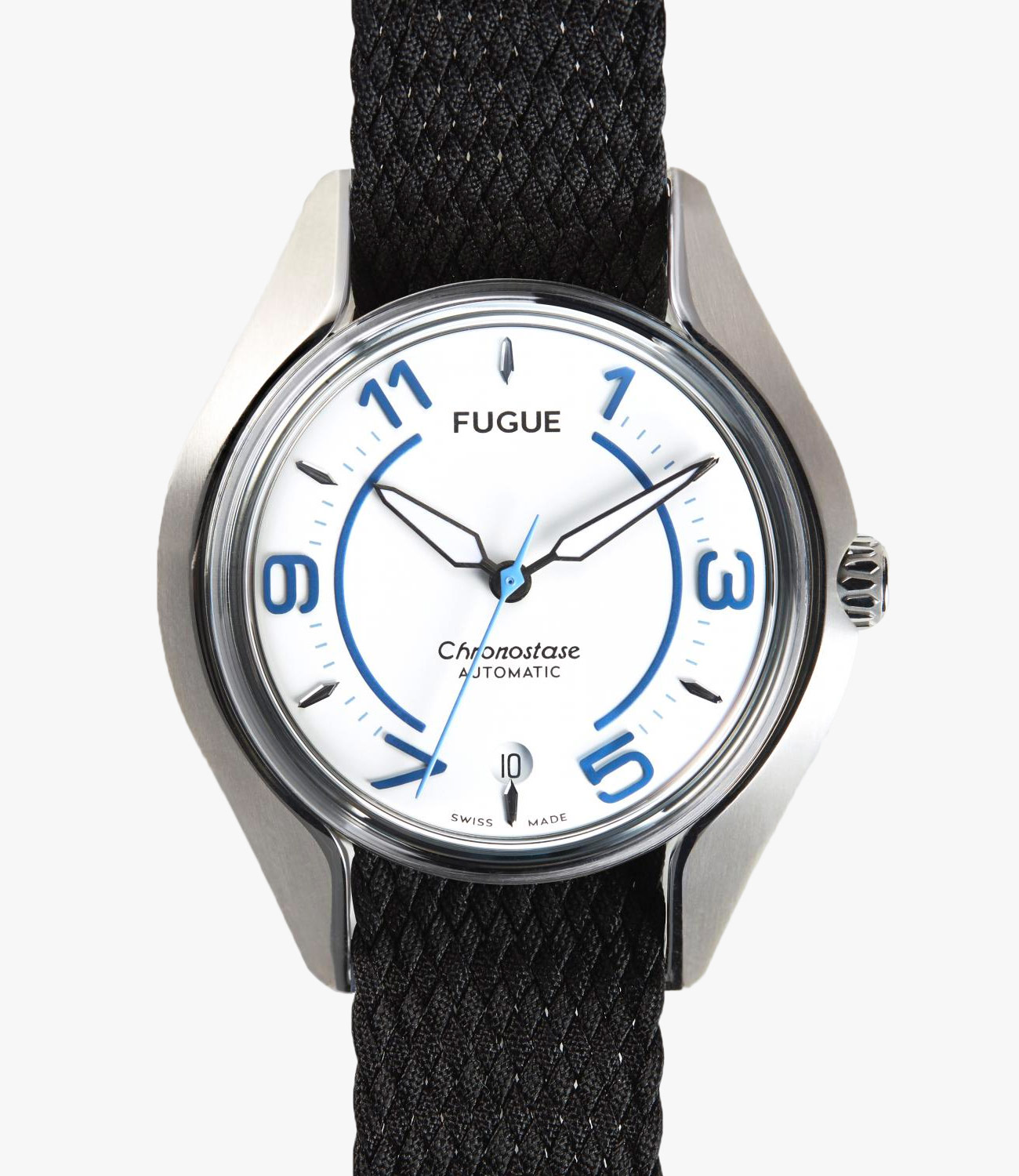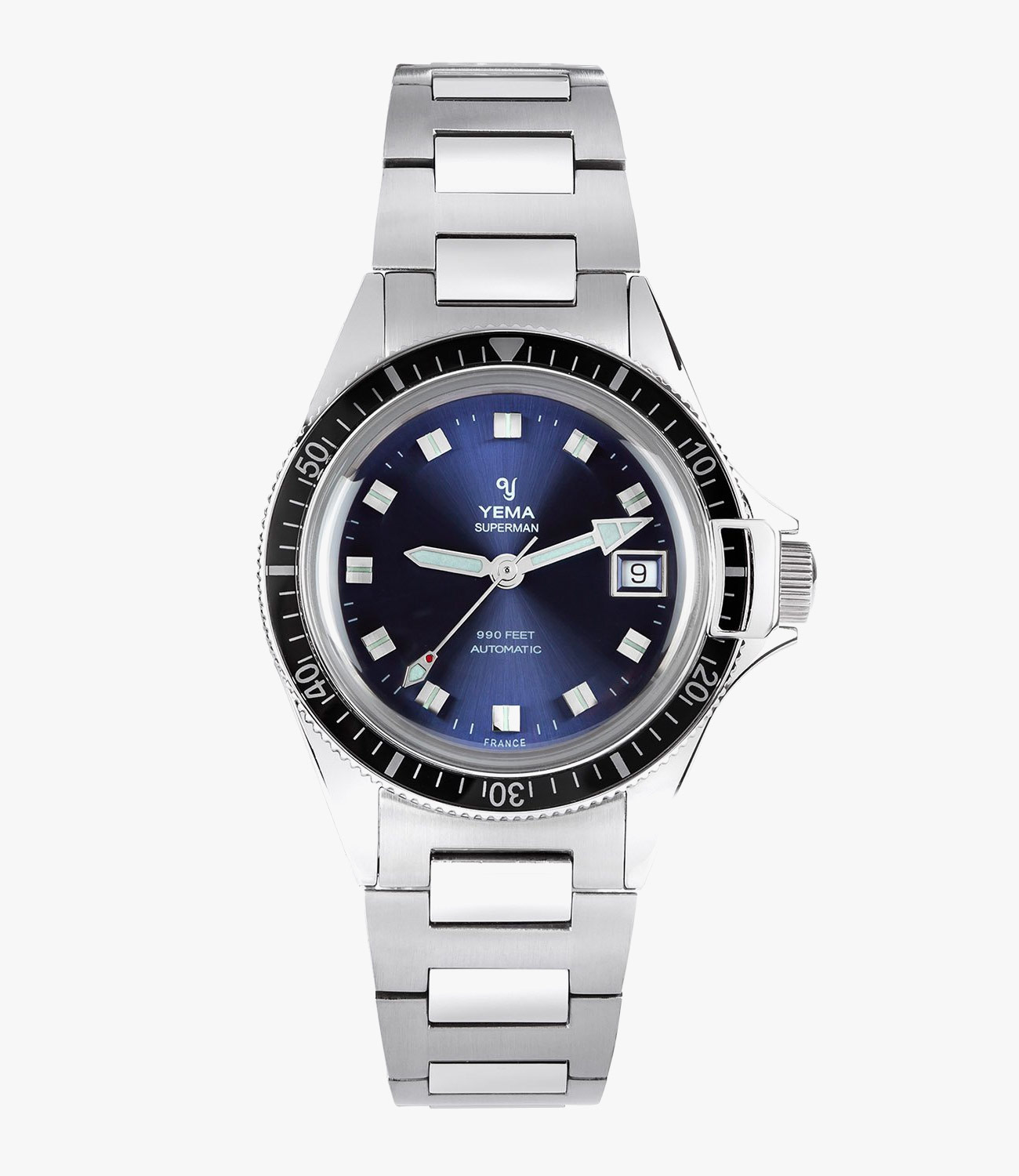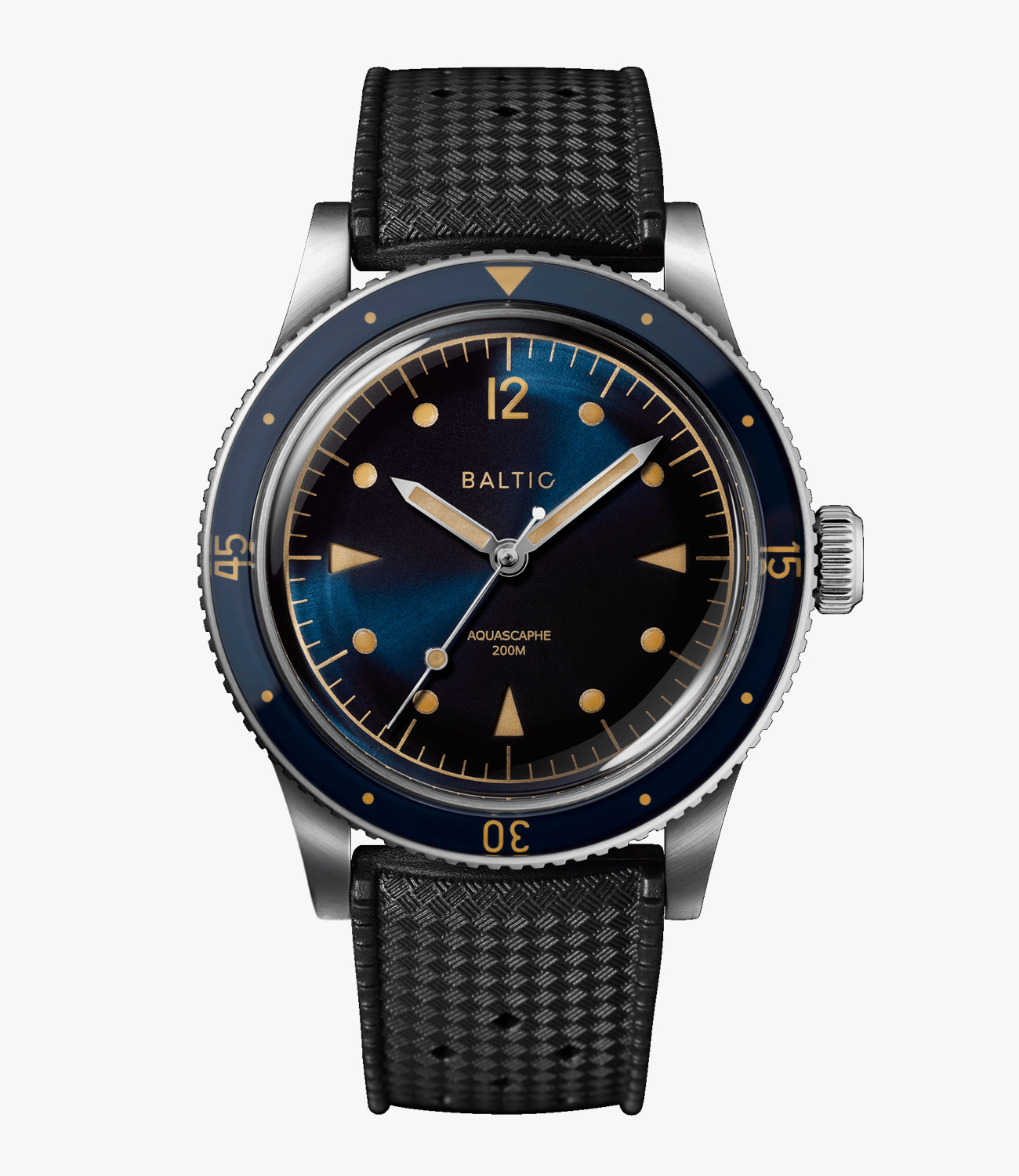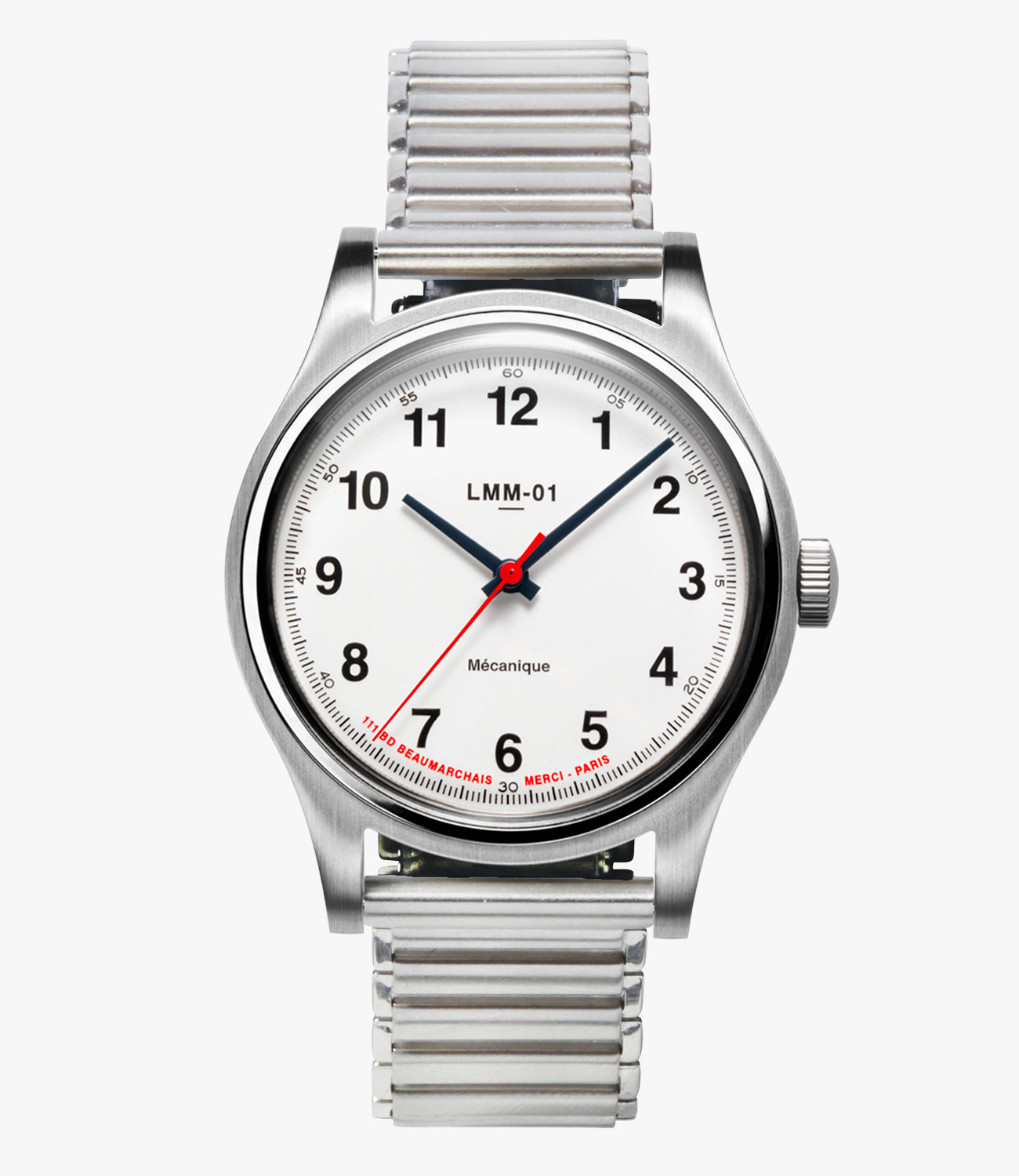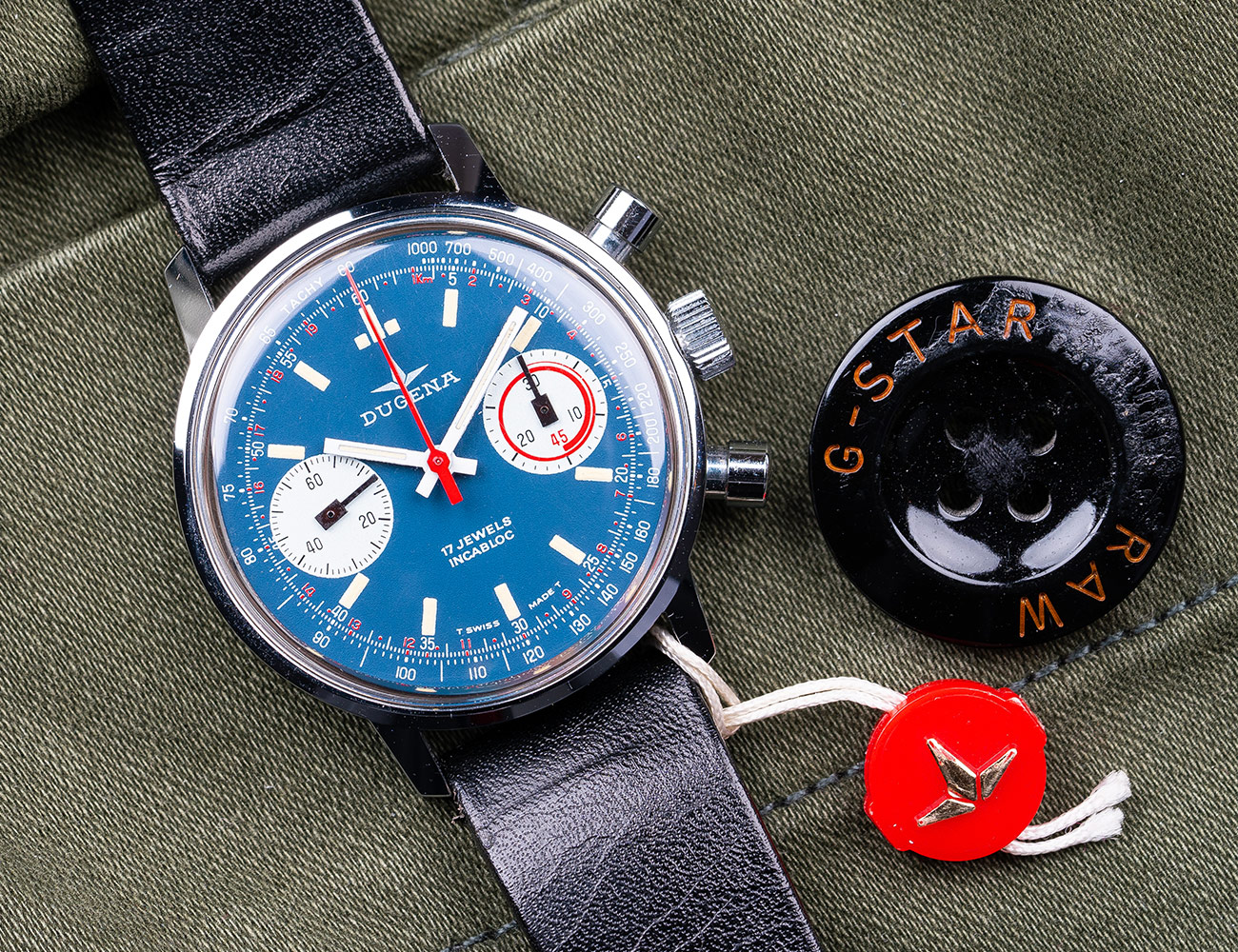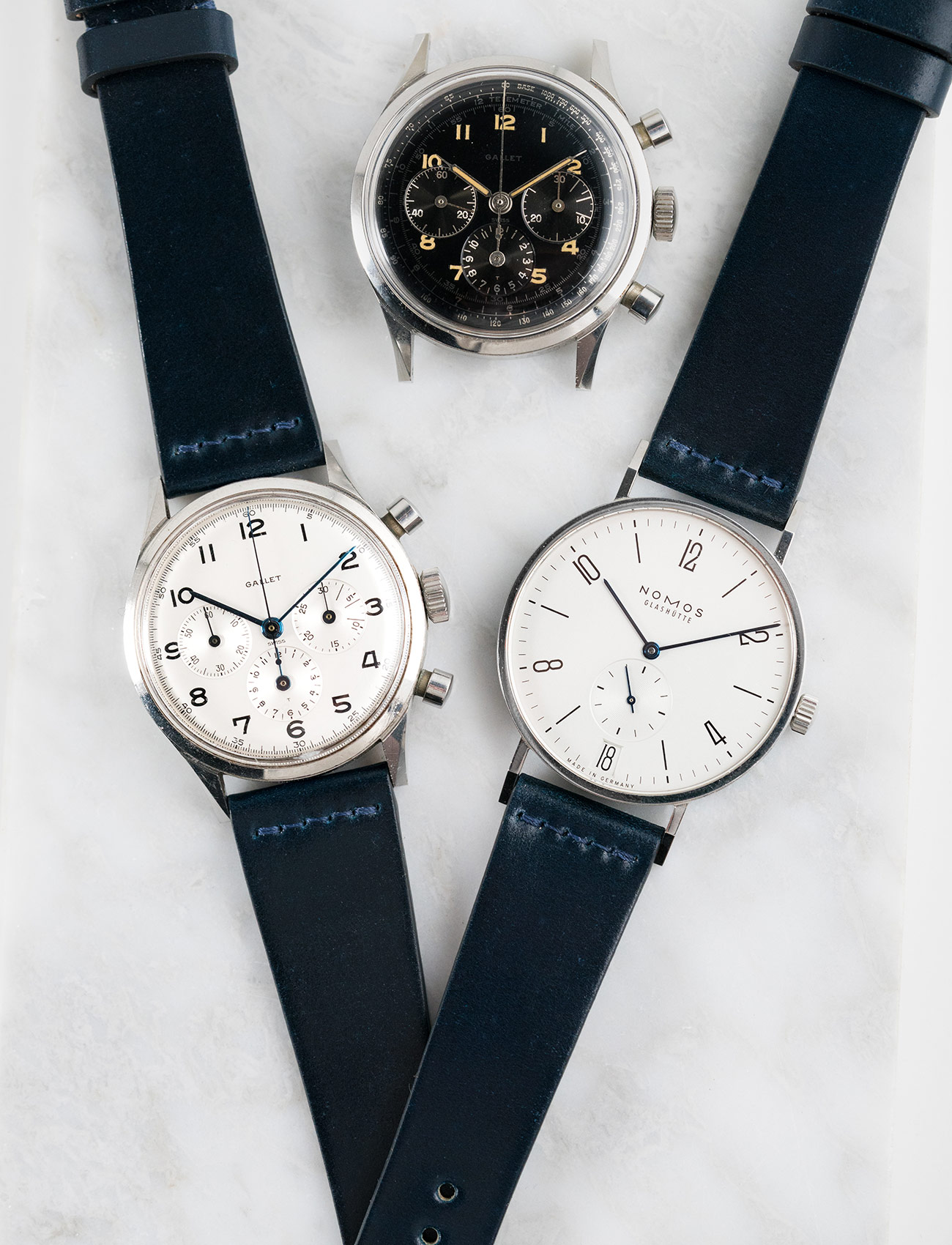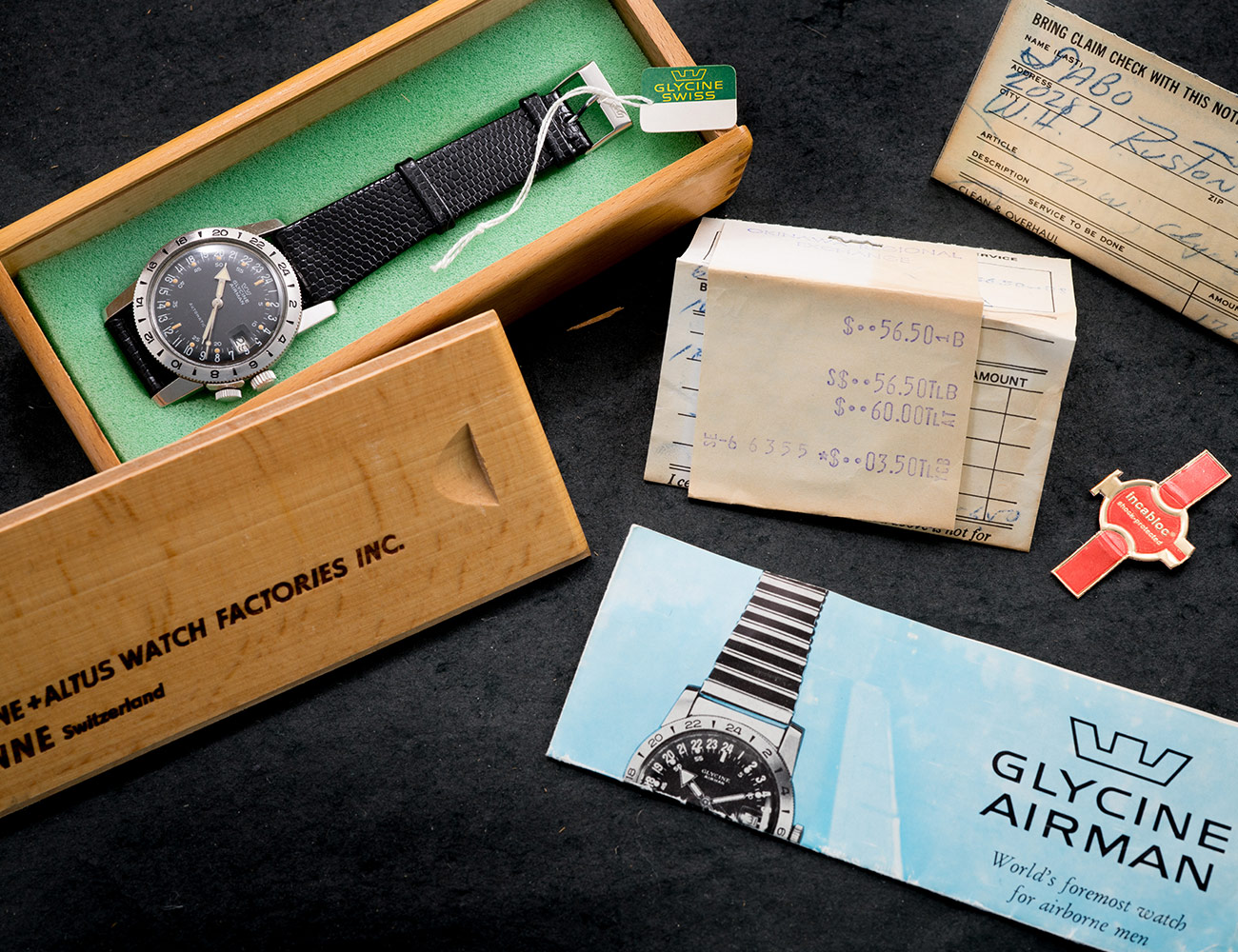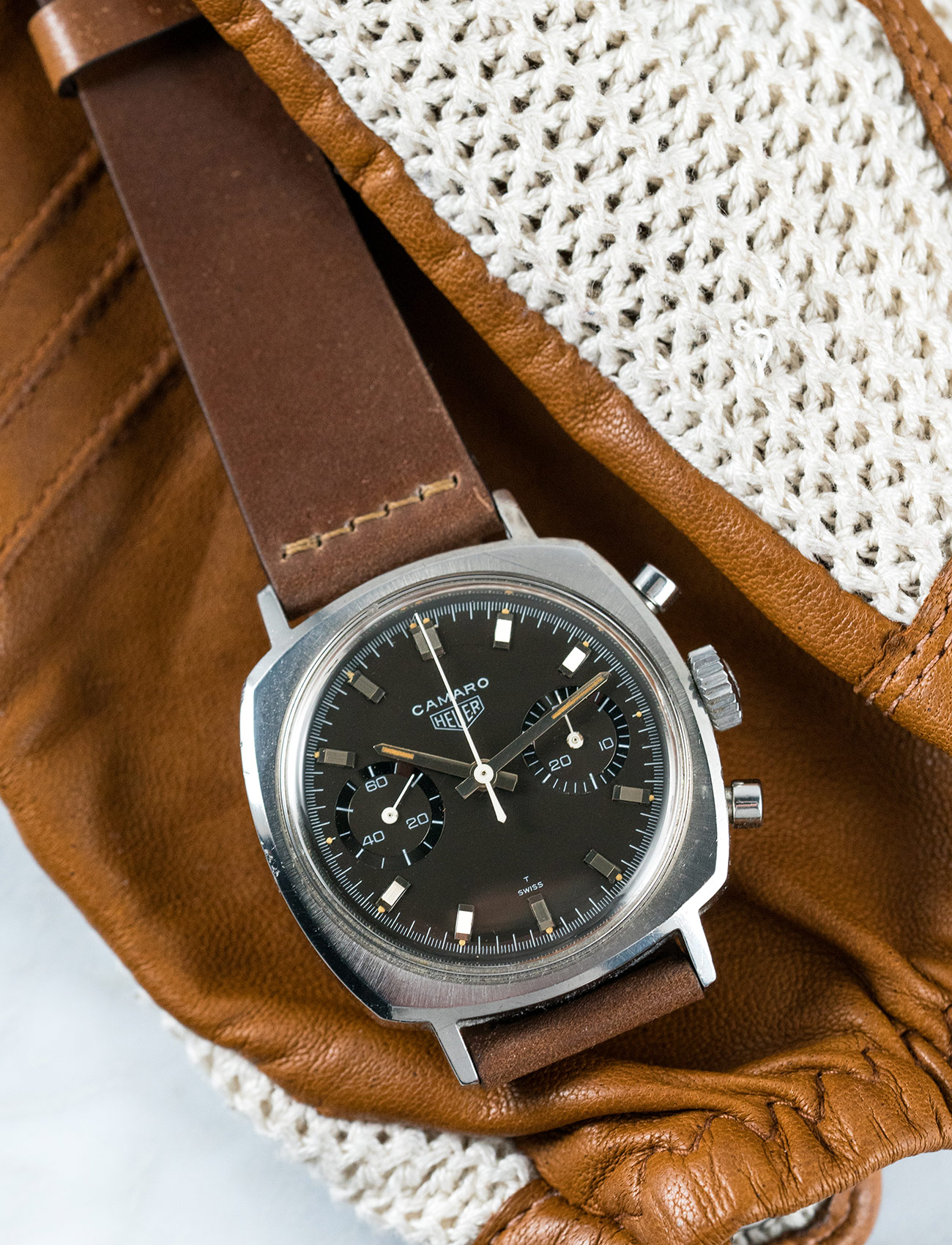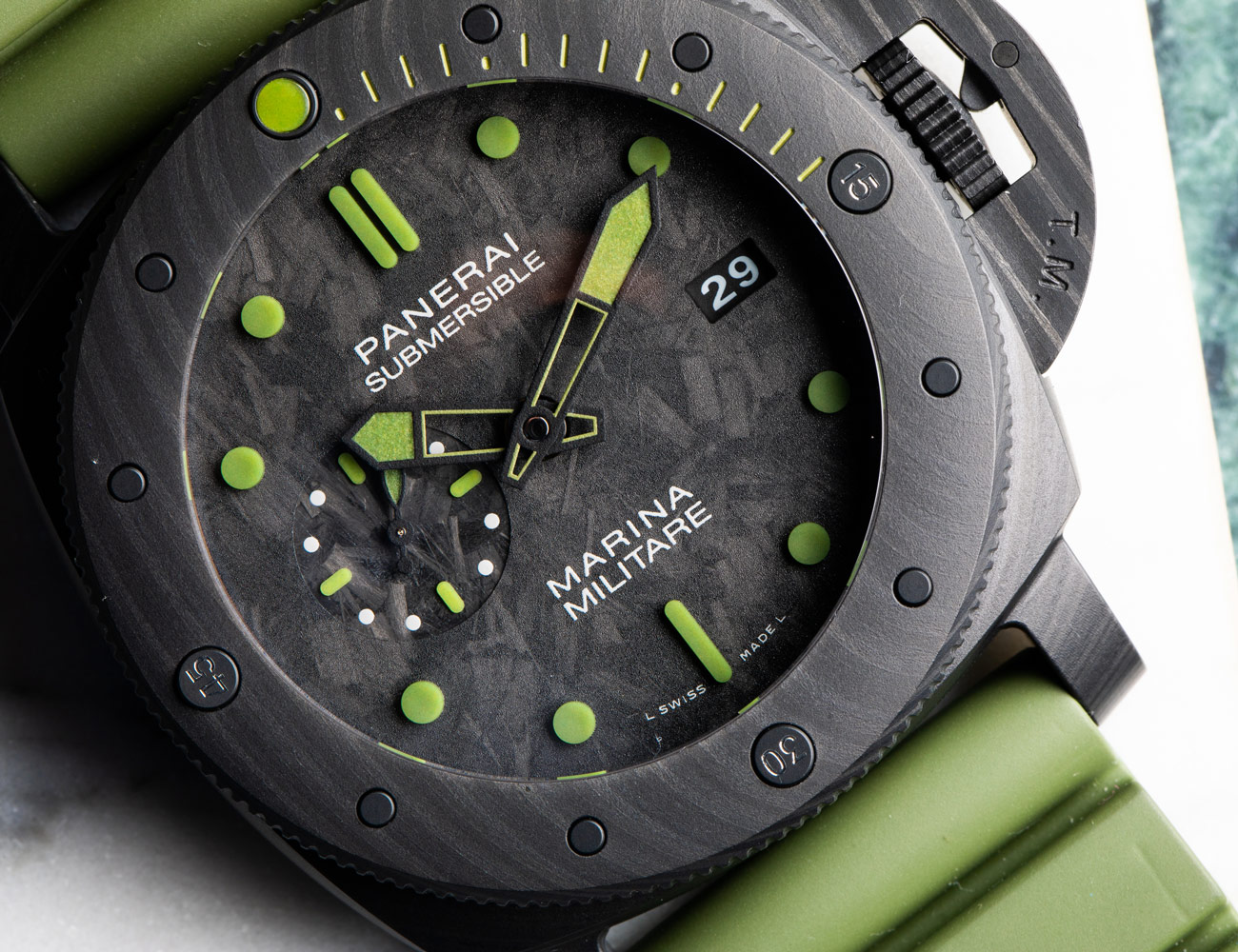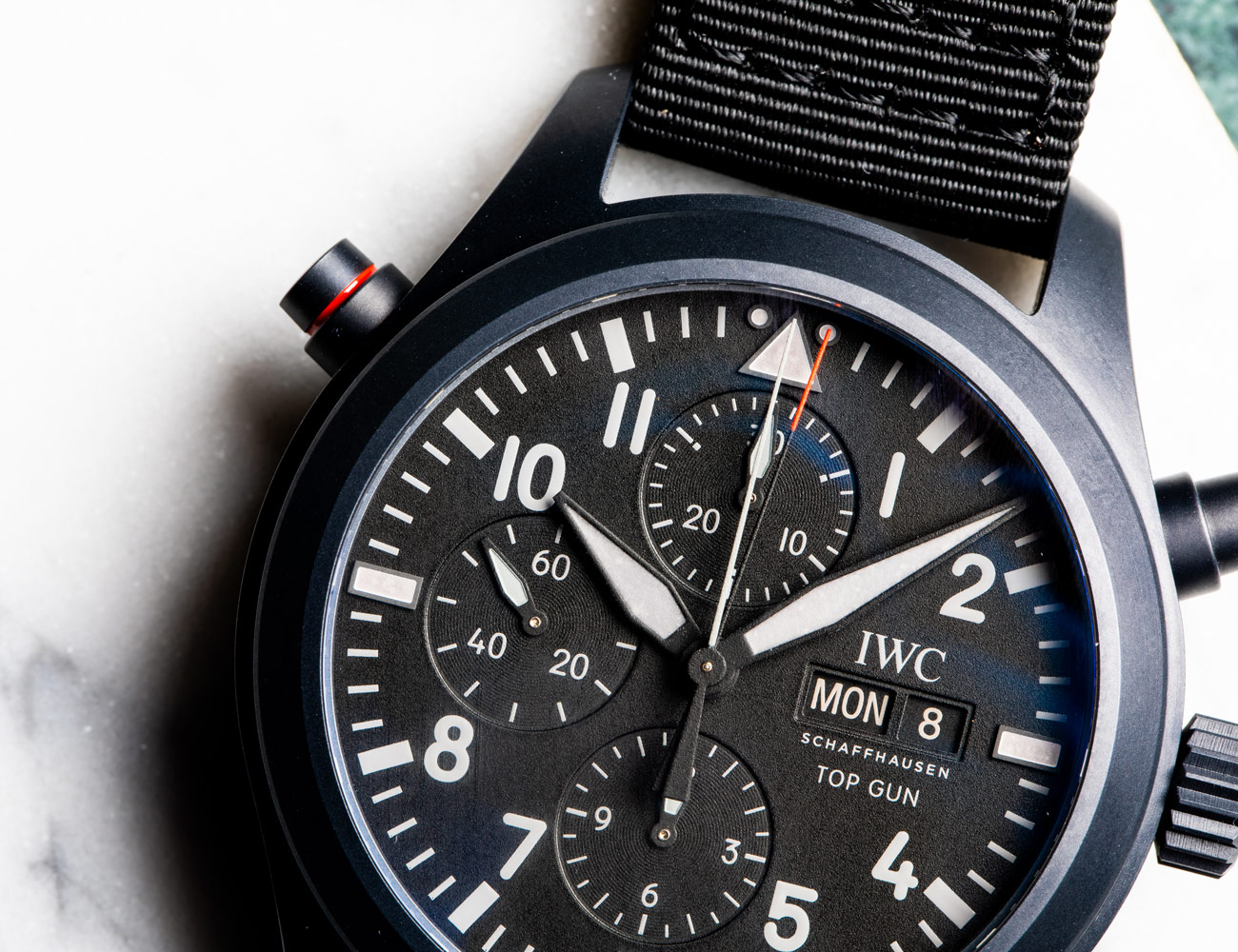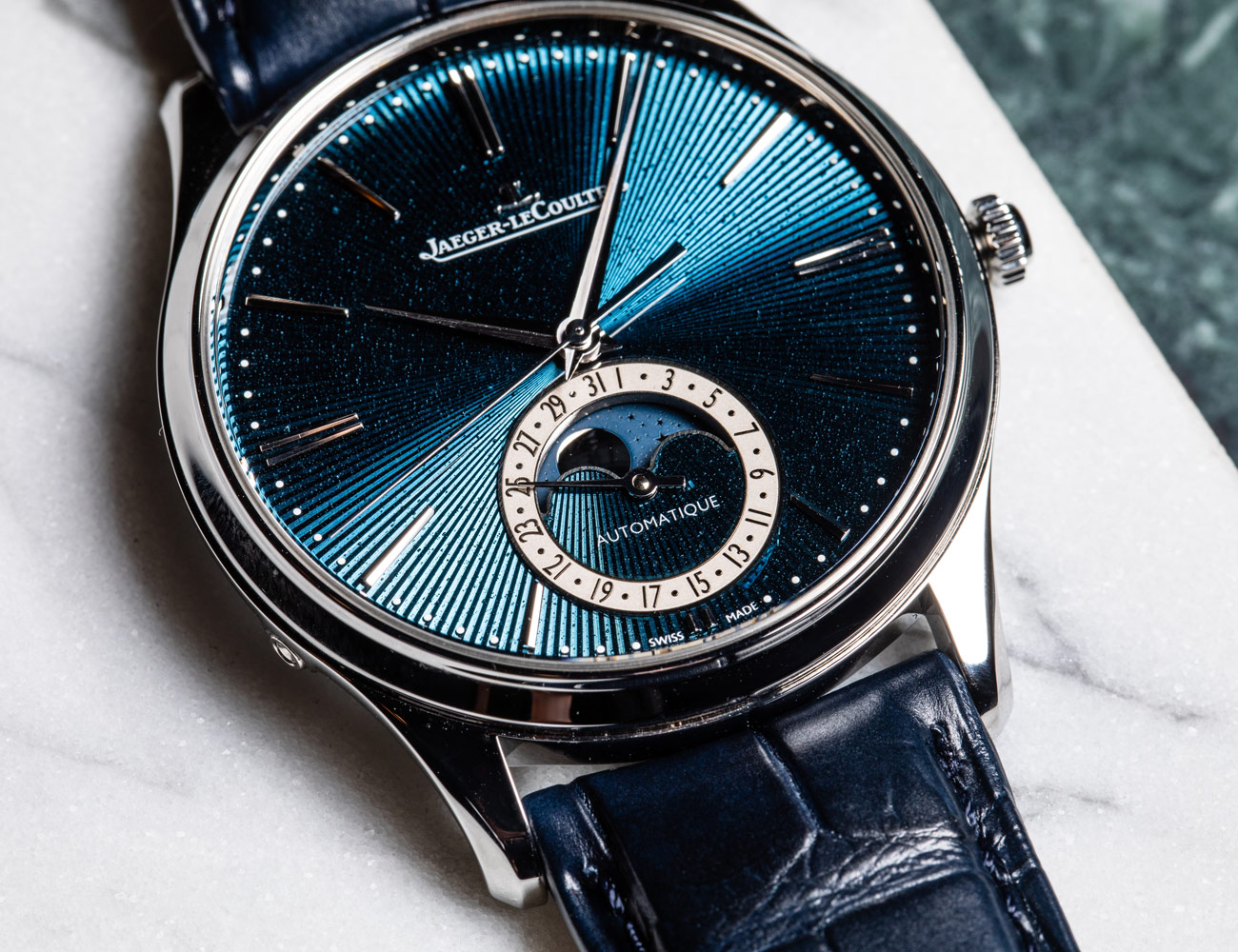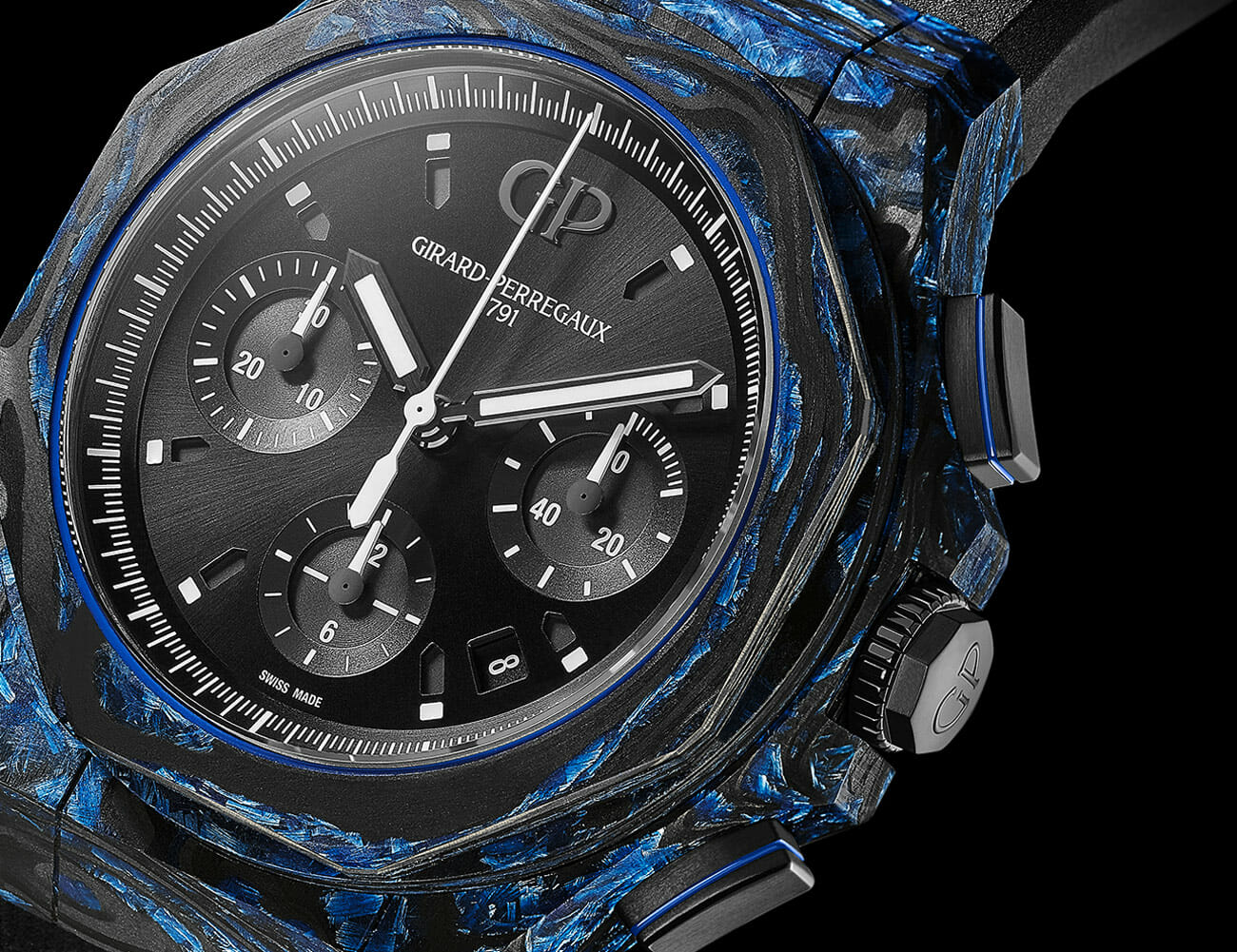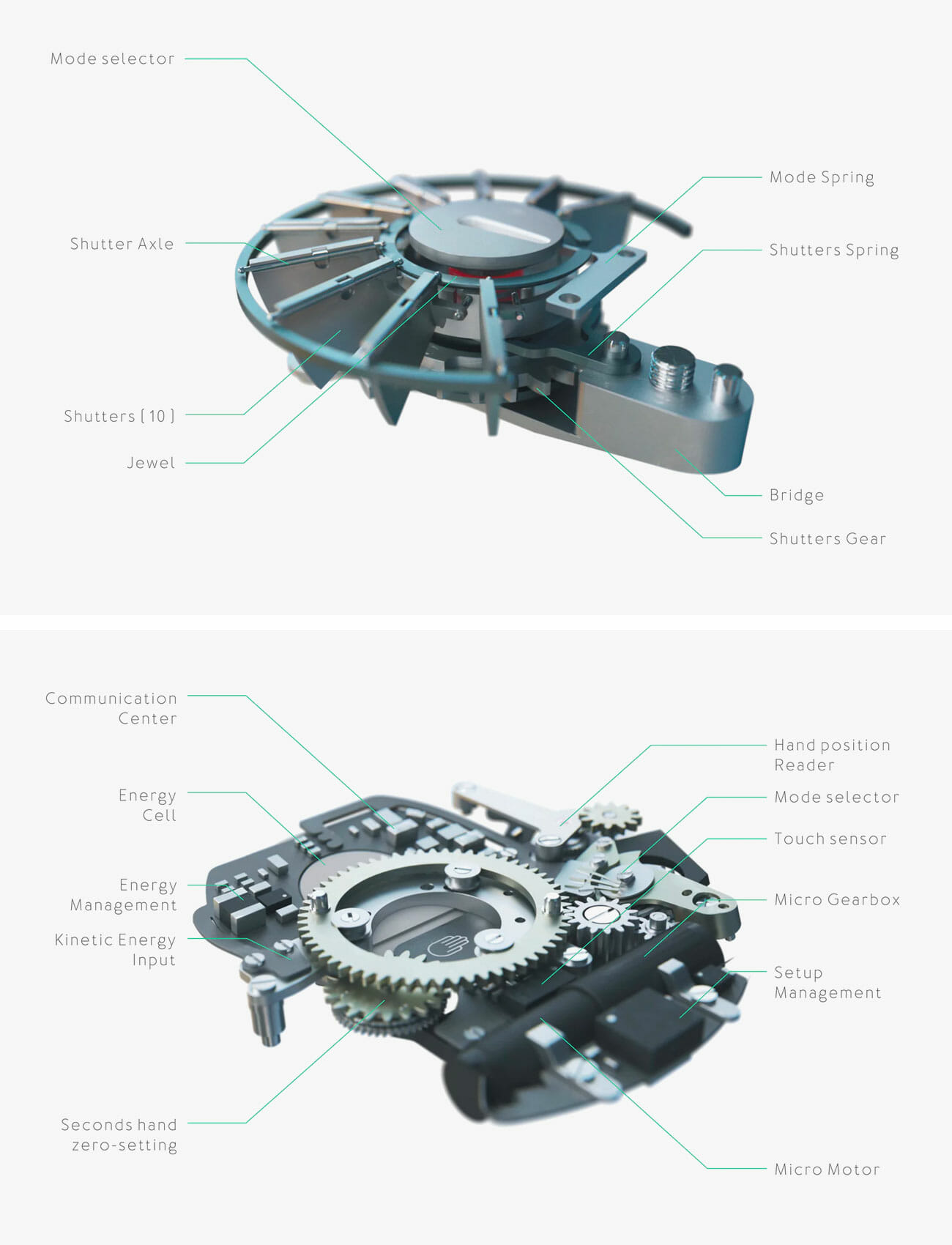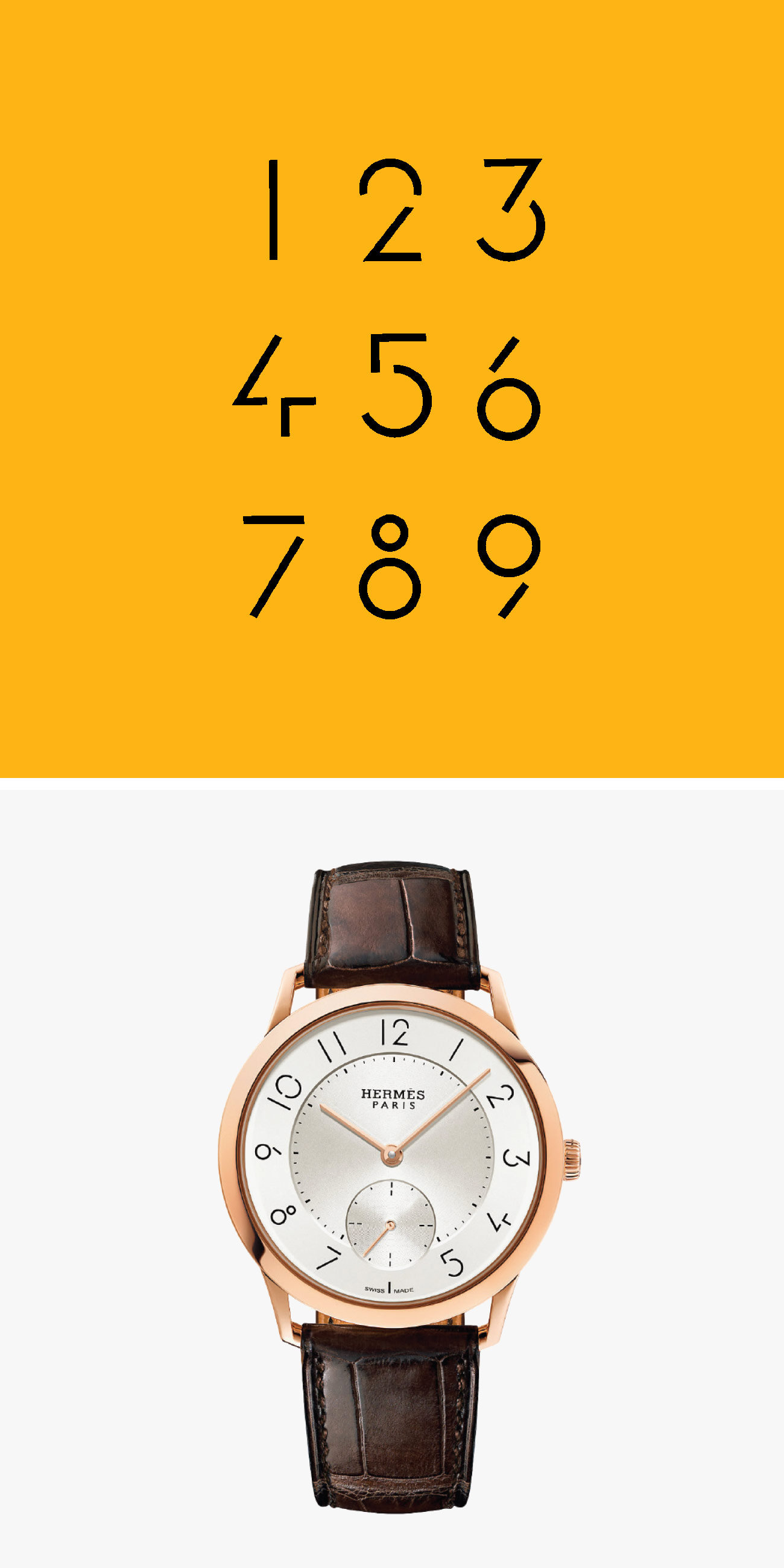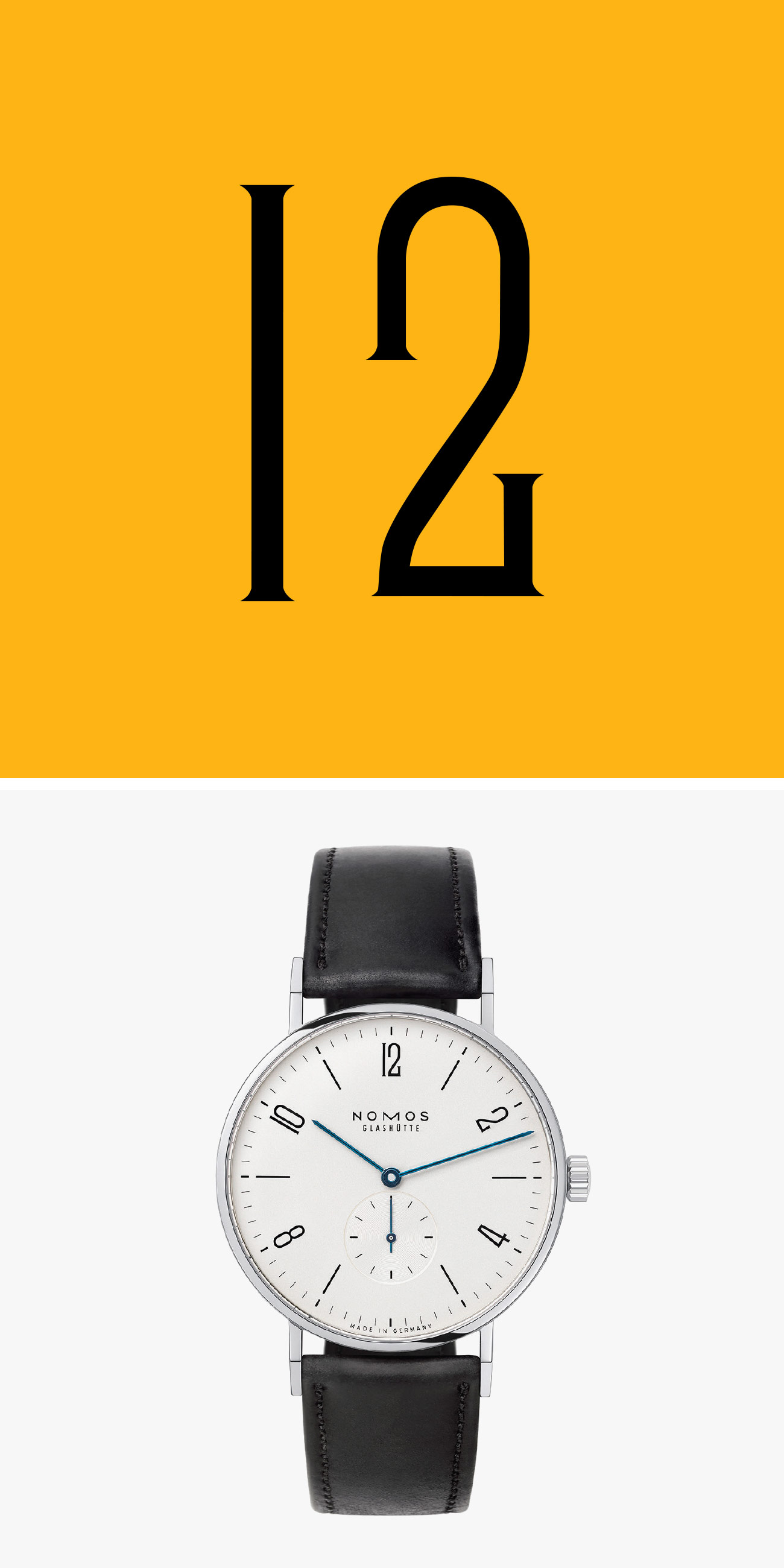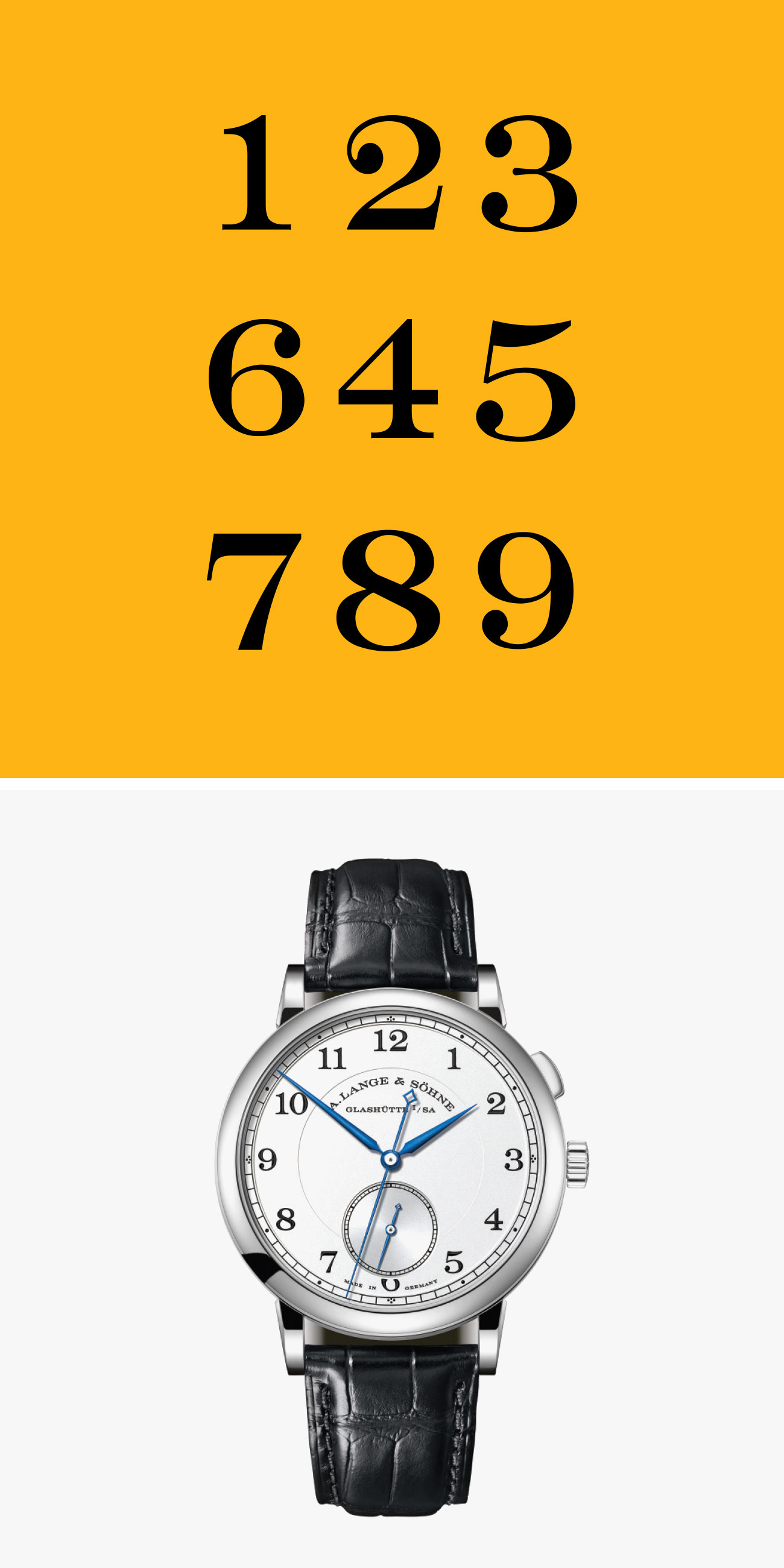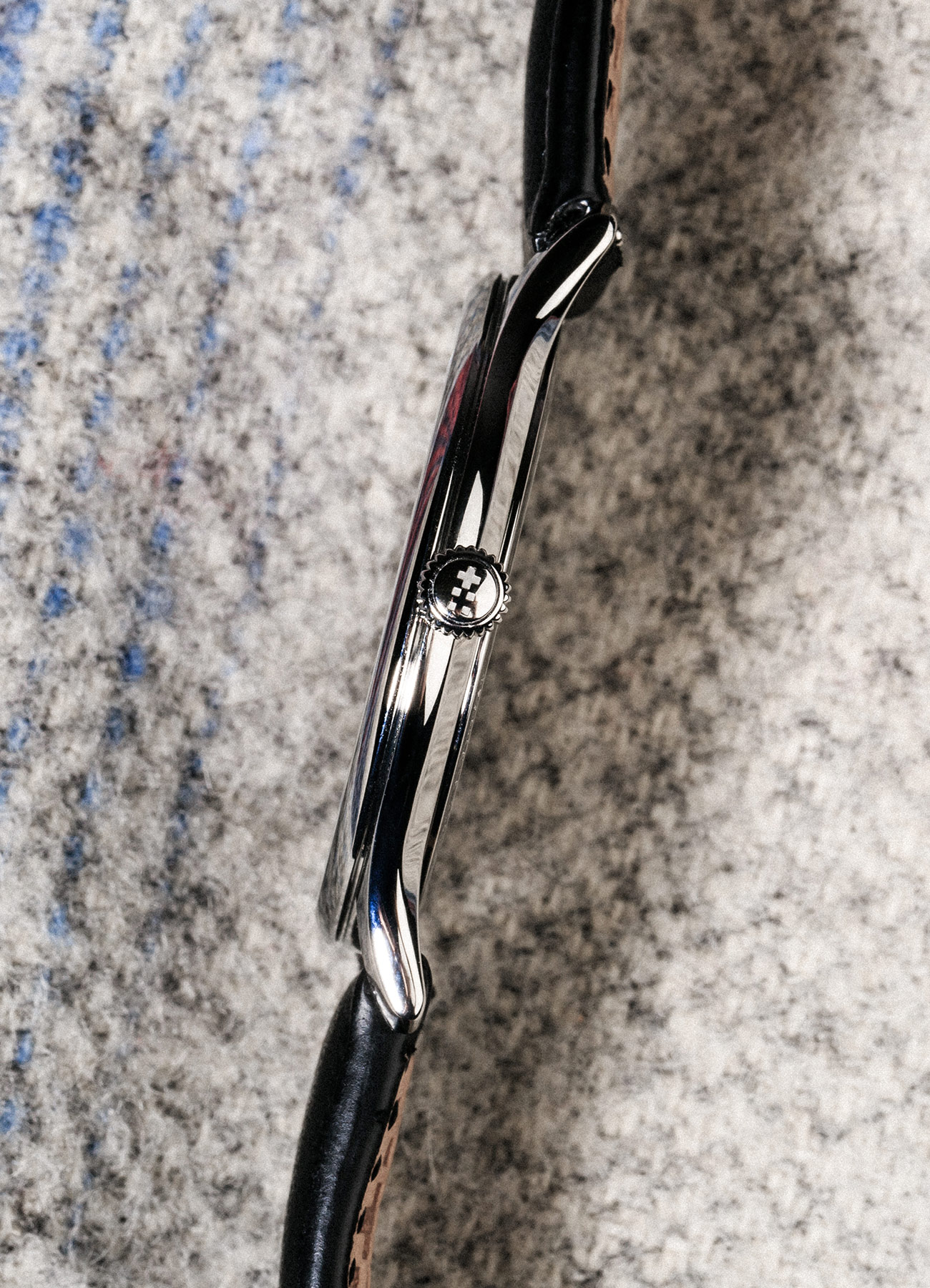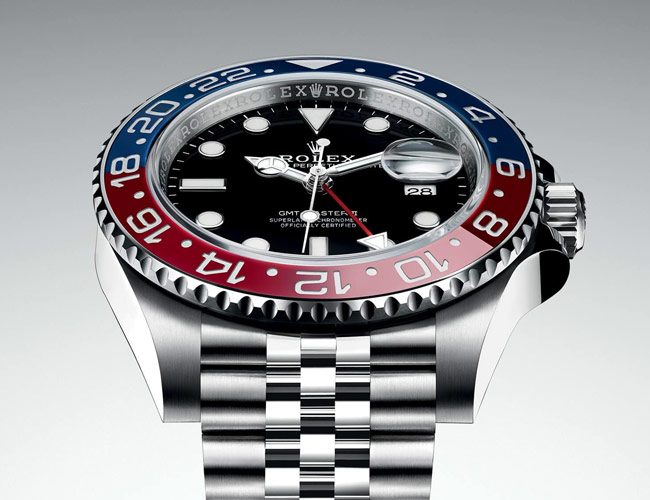Bill Yao sits at his watchmaking bench, nudging a bezel insert into place on one of his watches, trying to get it exactly right. He’s listing things that can go wrong.
If the machining isn’t right, or the bezel construction is wrong, or the dial placement is wrong, the bezel and the dial won’t line up, he says. And there’s worse. An expensive vendor might deliver a box of bad parts. A global recession might happen smack dab in the middle of a nightmare production run.
He gets the bezel just so, and moves on to a water resistance test on a $20,000 machine that, technically, is not necessary. It’s already been checked by the manufacturer.
Yao checks it again.
There are loads of microbrand watchmakers in America nowadays, but few are like MKII. The brand’s watches are strictly tool watches, often military-inspired, all designed and quality-control tested by Yao. MKII watches rank among the highest build quality and cleanest finishing of those of any American maker, and Yao’s design choices have proven absolutely exquisite again and again. The brand has gained a cult-like following among American watch fans. This is particularly impressive given that Yao works solely in the world of homage watches — two words watch nerds tend to view with suspicion, disgust, or both. MKII is the exception.
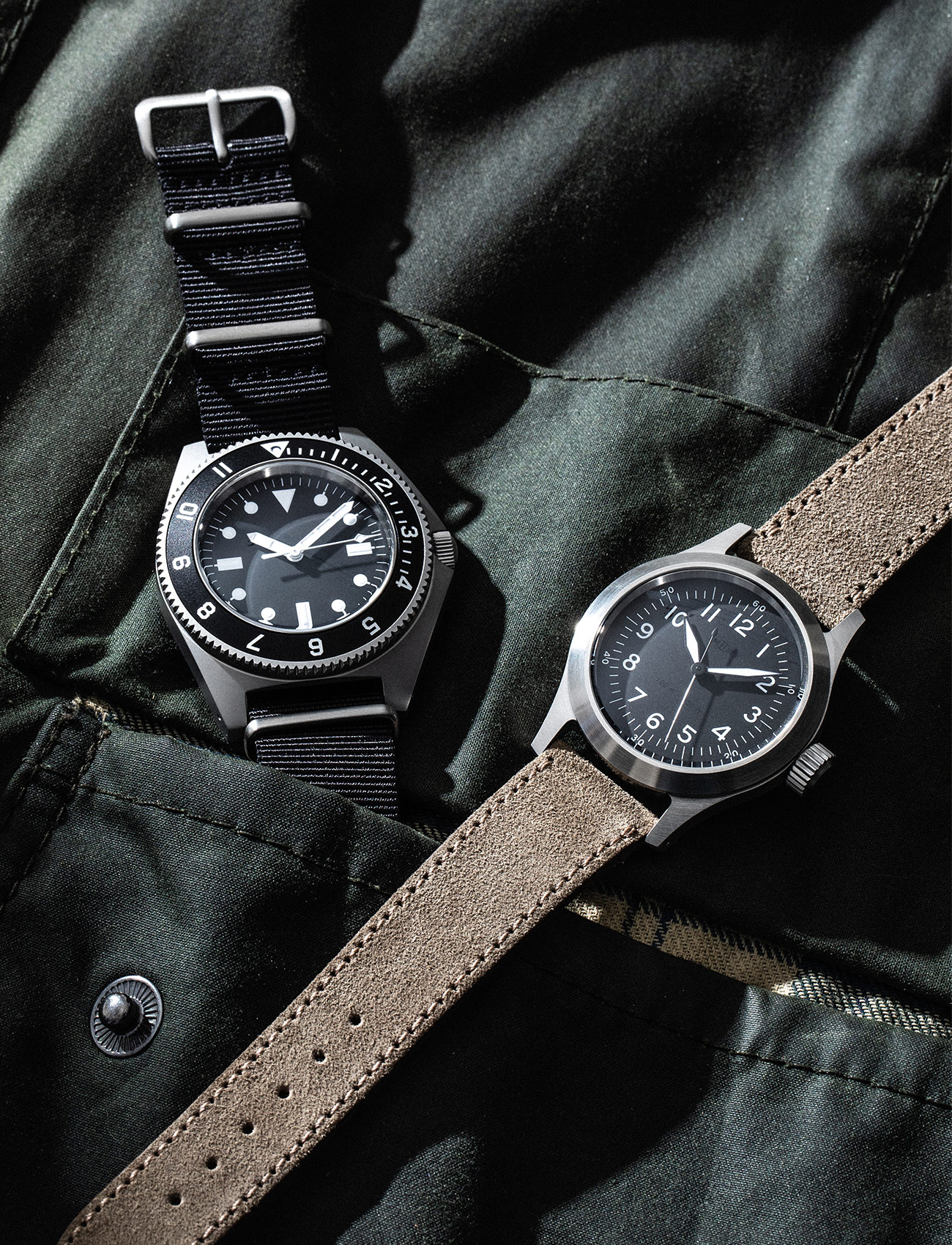
The Kingston, the watch that put MKII on the map, is a microcosm of the brand, Yao, and his following. “That watch almost destroyed us even as it saved us,” he says. The Kingston was a re-creation of the Rolex Submariner 6538 that Sean Connery wore in Dr. No as James Bond, and it was an ambitious watch: Yao was determined to build a watch with a gilt dial and gold hands, and do it affordably, for $1,095. Pre-orders for other MKII watches had taken a few months to take off, but Yao filled 100 orders for the Kingston in a week.
Then things went awry. It was 2009, and the world had plunged into a financial crises. Yao had trouble finding the right vendor to make his gilt dials and gold hands; once he did, production and assembly ran into major delays and quality control issues. “I had to rework every watch that they sent back,” he says. Yao made his first delivery in 2010, but many of the orders remained delayed. Two years turned into four. Yao was still determined to make the watch, and make it right, to his standards. Most customers were understanding; some weren’t. “People were saying this was a pyramid scheme. People were writing they were going to come over and punch me in the face,” he says.
He delivered the last Kingston five years after it was announced. Then something incredible happened: even after the absurd wait, people were blown away by the watch. Kingstons started showing up on the secondhand market for 2 to 3 times the retail price. Tudor, Rolex’s affordable sibling, announced a new watch, the Black Bay, that looked suspiciously like an homage of Yao’s homage. On the forums, watch nerds berated anyone who deemed to compare the two. Many thought that the Kingston was the better watch — it was just a matter of if you could get it. Yao’s watches since have carried the same stigma: well, if you can stand the wait, you’ll get something special, at a great price.
Yao’s watchmaking legend was born. Nobody beats Rolex when it comes to prestige and brand power — nobody. But Yao, the one-man watchmaker working out of a little shop in Wayne, Pennsylvania, gave them a run for their money.
Yao hasn’t slowed down since. Today, he has two branches of watchmaking: “Benchcrafted,” or special editions in small batches that still take a long damn time to get, and “Ready to Wear” watches made in Japan, and which you can actually get your hands on in a week’s time or so. He’s continued to pump out excellent homage watches, lately with an intensified aim of capturing the distilled design language and human experience of historic American military timepieces. He continues to focus in inordinate amount of time on QC. He says he might just be able to stop working weekends soon, to stop having to check and double-check quality control, to iterate and reiterate on design language until his production folks get things right. Well, maybe not this year — but there’s always next year.

Q&A
Q: What was the last watch you bought?
A: I stopped paying attention as much to the new releases. I’m more selective. I bought a Glycine Airman because they were going under and they were selling them for some stupid price. That was like two years ago. But actually, that’s not the last watch I bought. The last watch I bought was the Brew Chronograph. I really like that. That kind of watch actually really excites me.
Q: Did you keep up with any of the latest SIHH news? Anything there excite you?
A: To speak candidly, and to put it politely, I know the manufactures that I know and respect, and everything else is just white noise. I tend to tune it out. I’m not really interested in the newest tourbillon. These things are all great, but they’re just not interesting to me anymore. When I first started collecting, I was like, “Oh, Chronoswiss and skeletonized movements, column wheel chronos vs. clutch chronos.” Now I’m just like, eh – if it doesn’t look good and perform well, I kinda don’t care. I’ve heard too many stories after the fact — well, the watches don’t really work. Well, they have to go back to get fixed after a week on the wrist, but don’t worry, they’re at least expensive.
Q: Even though your first job was on Wall Street, it seems like you must have always been a design-minded person. Have you naturally focused on design since you were a kid?
A: No. The funny thing about this whole thing is, my wife is a graphic designer. A lot of my methodology is informed by her. I always had an interest in it, but I wouldn’t say I’m very design-minded. You should see the way I dressed back in 1998. It was embarrassing.
The first watches I designed — fortunately it doesn’t appear that I’m alone, because after everyone does their first watch, you can usually go back and say, “Oh, that was your first watch, wasn’t it?” Yeah, I know you can tell. The only brand that I’ve seen that’s avoided that so far is probably Baltic. They did a chronograph that looks like it’s really tight the first time around. But most of the companies i’ve seen, their first watch was just like mine: “Oh, so you’ve never designed a watch either?”
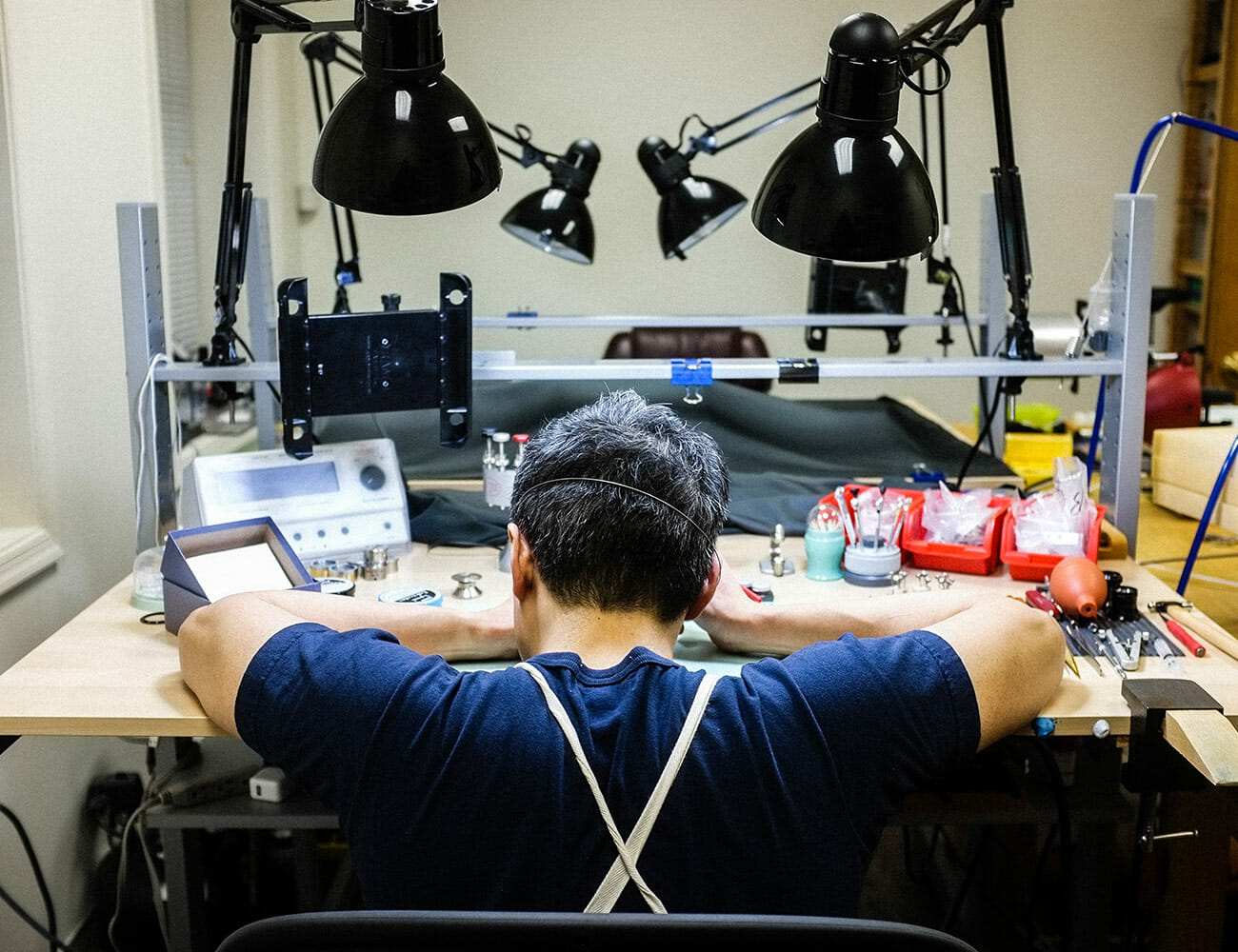
A lot of it just developed over time. When I started doing [watchmaking] in grad school, I thought, this is going to be a really easy way to make a living. This is not so bad! But as I got into more of the details — holy shit, there’s a lot of stuff to learn and to know. I got into the design part because it was clear that no matter how hard I tried I would never be a watchmaker in that sense. I would not be one of those people cutting gears. I have terrible hand-eye coordination.
It’s a weird mix. You see watchmakers coming out and doing their own thing, but very seldomly do they do everything right. Because there are usually really good watchmakers or really good designers, but almost never are they good at both. Even the ones who are doing good design are almost always getting some kind of outside help.
“There are usually really good watchmakers or really good designers, but almost never are they good at both. Even the ones who are doing good design are almost always getting some kind of outside help.” -Bill Yao, Founder, Mk II Watches
Q: So where would you say you fall, between good watchmaker and good designer?
A: As a watchmaker, I’m a passable — what we’d call a “technician. People don’t like it when I say that, but that’s really what I am. I’ve done all the assembly, and fortunately I’ve had watchmaker friends who show me what I’m doing wrong. So now I can assemble a watch well. But if you ask me to repair it, I’ll say, that’s why I have a guy in Missouri doing the repair work. I probably could figure it out, but what would the point be? It would take forever. And it’s just another skill set I have to have.
I’m more of a designer. When I go to Basel or these watch fairs, I’m actually only really looking at the watches. I’m not really interested in the mechanics of it. To me it’s just kinda like a V8 engine or a V12 engine. OK, well, now we’re going to slot that into a really nice car and design a car around it.
Q: So how did you learn about watch design?
A: I only really got into the design primarily because I always had a nascent interest in it. I’ve gradually learned about it, and only because I’m looking at these watches I’m trying to re-create, and realizing wow, this is really hard. Why does it look so good? What makes it so attractive? What makes it so evocative, that design work? And by that process of wanting to do better each time I’ve gradually developed a capability in design work.

A lot of it’s just experience-based. You can see all the books I’ve collected. [Yao has a bookshelf full of books about design, watches, and history in his office.] I’ve just studied a lot of watch design in the past, and because I’m so passionate about wanting the watch to turn out well.
Q: Tell me about that first watch you designed, the one that didn’t go so well.
A: When I first got into this, there was a really cool Blancpain-style watch. But all the details were wrong. The brand name was kind of eh…It looked like a watch made for CES made to just give away. The bezel insert looked nice but there was no luminous marker on it and it was supposed to be a dive watch. It only had 50 meters of water resistance, it didn’t have a screw-down crown, but it looked like a Fifty Fathoms. So I’m just asking myself, like, why did you make this thing in the first place? In principle it’s a good idea, but everything is wrong with it — literally every little thing.
But that’s how I got into it. And I’d show it to my wife and ask, how does this look? She’d say, this is off and I would adjust it, and I gradually learned through that. Mostly because I just wanted a really cool thing to come out of the product. And then gradually I came to appreciate the design, branding more. All of these things are not what I learned in school.
Q: Tell me more about learning design from studying the great examples that came before you.
A: I’ve never seen a lot of these watches in person, because they’re too rare. A lot of it is just photographs that I’m seeing. I think lots of collectors form an opinion of what the watch should look like, based on those photographs. To a certain extent now you’re just trying to capture a feeling from the photograph, not actually what the watch is exactly like.
You’ll see it in wrist shots and things like that. I try to take wrist shots for Instagram. Even if the photograph is not exactly what the watch looks like, it informs you as to what you think it looks like. I’ve bought vintage watches before and gotten them in person before and been like, huh…this looked good in the photographs.
I lusted over a Tudor 7920. It had the Fleurier Cal. 390. It was back when Rolex made all the cases for Tudor, so at the time, a big difference between a Rolex and a Tudor was that one said Rolex and One said Tudor.

In the photos, the watch was amazing, it had great patina. I had it serviced. Everything was right about it. And then I got it, and I was like, hmm, that’s odd. I would see myself in the mirror in the morning, and realize the watch looked really good from four feet away. But why does it look so terrible from 15 inches away? Why is the magic gone when you do that? And for whatever reason, it wasn’t just with that Rolex, it was with every Rolex I’d ever owned. So my in-laws, one year they decided that all their sons-in-law had to have the same watch. So they bought five Rolexes and just stuck them in a safety deposit box. I was really excited to get at that. Then I got it, and the same thing happened again. It looked really good in the pictures, but now I’m wearing it, I’m like “eh.” It’s very well-executed and very well made, but there’s some magical piece of it is missing.
And then I started realizing that a lot of the stuff I was making, it didn’t matter what the original looked like, it mattered more about if you were able to capture that kind of intangible quality that made it special to people in the photographs in a sense. That’s who you’re marketing to.
Take the Project 300 (Omega Seamaster 300 homage) for example. If you go through all the different years of different Omega cases, maybe a lot of it was done by hand, and the cases vary widely in small details — the thicknesses and polishes and even the rough shape of it is different across different periods of time they manufactured it. But only certain ones will capture that kind of feel of, “Oh that’s a really cool-looking watch.” And other ones just won’t. So what I did for the Project 300 was say, I really like the way this lug looks in this picture, how do I translate that so it looks like that in real life?
Q: Was there an “Aha!” moment when you realized evolutionary design was your specialty?
A: I think most of it was just that I really liked vintage watches. They’re really, really cool, but the reality is they’re an enormous pain in the ass. There’s stuff I want to do, and I don’t want to have to worry about my watch. If I was one of those people that enjoyed sitting around making phone calls all the time, then that’s great and I’d have time to fuss with my watch, and I’d be able to tell funny stories about it — and if that’s the way you wanna live, that’s great. But that’s not me.
Then I just got into the design aspect because I was so interested in doing it right that I just kept asking why. That’s an innate part of my personality. I’m philosophically minded, but in an almost…pointless way. If I were to pinpoint something that gives me a reason for doing something better, it’s just that there’s something about my brain that just won’t let that go.

“And then I started realizing that a lot of the stuff I was making, it didn’t matter what the original looked like, it mattered more about if you were able to capture that kind of intangible quality that made it special to people in the photographs in a sense. That’s who you’re marketing to.”
Q: It’s clear to me that you’re understanding design language at a different level than most of us are. It’s almost like you’re seeing with X-ray vision.
A: Someone asked me at Windup Watch Fair, what would an original MKII look like? To be honest, I’m not sure. I might only be good at what I’m doing now. Just to go through the exercise of creating a completely original design — maybe it looks like shit. Maybe I’m only a good evolutionary designer, and maybe that’s where my special skill set is. I want to do one, but it’s one of those things where, if you’re in a situation where, if you were at Rolex in 1953, Pan Am’s here and they need a watch that can tell time in a second time zone, what can you do? If I were handed a task like that, then I’d go through all the design elements people had done in the past, and see what would work and what needed to be done that was new. And then come up with something. But the idea of coming up something just for the sake of coming up with something, I don’t think is really me.
I think a lot of people in the microbrand world, if they wanna be artists, that’s fine. They wanna work in metal and make a moving sculpture. That’s great. But that’s not what I wanna do. I’m not trying to produce something new for the sake of producing something new. I want it to have a purpose, and to have a reason for existing as opposed to just the sheer ego of it all. And I’m not saying people that do that are egotistical, I’m just saying that that’s not me.
